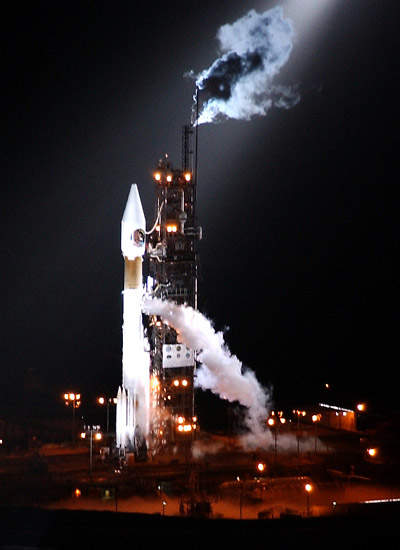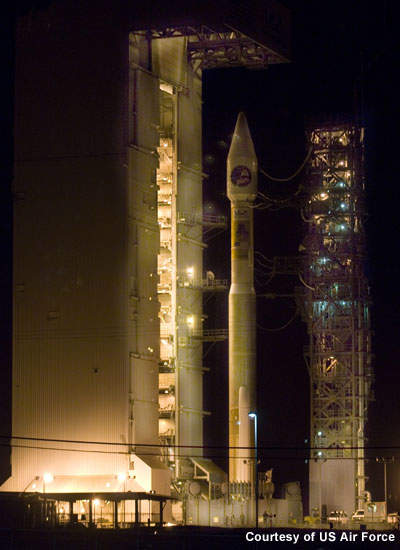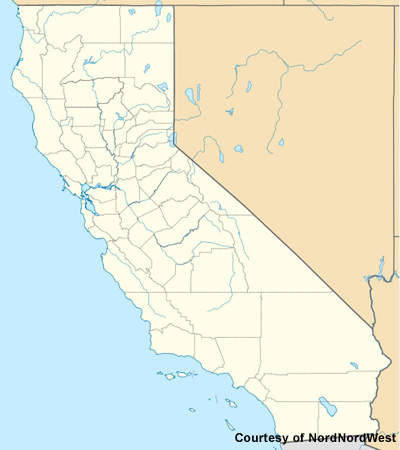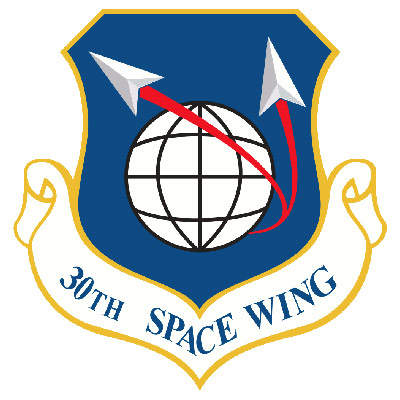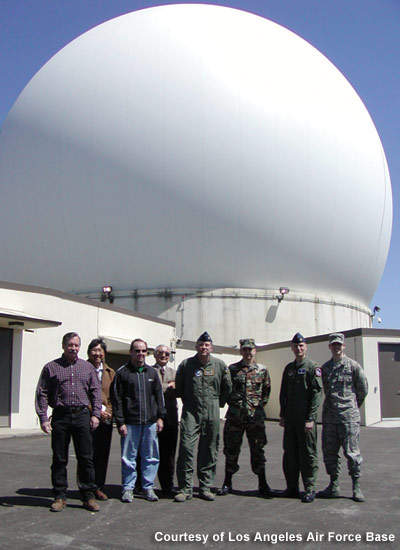Vandenberg Air Force Base (VAFB) is located 240km north-west of Los Angeles with a spaceport in Santa Barbara County, California. Opened in 1941, the base is used for launching military, unmanned and commercial satellites into polar orbit. The VAFB also conducts tests on intercontinental ballistic missiles (ICBM).
Honeywell Technologies developed the $60m Vandenberg Tracking Station (VTS) for conducting telemetry, tracking, command, control and communication operations. The VTS is operated by the 22nd Space Operations Squadron, a unit of the 50th Space Wing. The 35-year-old antenna and assorted electronics have been later upgraded.
Vandenberg air force base history
The base was originally built in 1941 as the US Army’s Camp Cooke. Often called VandyLand, the base was used as a training centre for five armoured and infantry divisions during the World War II. The camp was demobilised in June 1946 and reactivated in August 1950 for armoured training during the Korean War. It was again put into long-term storage in February 1953.
The base was handed over to the US Air Force in 1957. It was considered the best place to conduct test firings of strategic missile weapon systems because the missiles can be launched into the Pacific Ocean without population overflights.
The US Air Force transformed the base into a space and ballistic missiles test facility. The base was renamed after a former air force chief staff General Hoyt S. Vandenberg on 4 October 1958. The first Thor ballistic missile was launched from VAFB on 16 December 1958. The ‘Discoverer 1’ was launched aboard a Thor Agena booster on 28 February 1959.
The base is highly suitable for launching reconnaissance satellites into the polar orbit. It was chosen as the West Coast Space Shuttle launch and landing site in 1972. The satellites revolving near and around the polar orbit were launched from VAFB.
During March 1966 and December 1968, the US Air Force acquired 15,000 acres of land from Sudden Ranch property situated south of the Vandenberg base boundaries at a cost of $9.8m. The VAFB currently holds 98,000 acres of land, but only 15% of this is developed.
Air force base garrison facilities
The headquarters of the 14th Air Force, 30th Space Wing, 381st Training Group, the Western Launch and Test Range (WLTR), and the US Missile Defence Agency are located in the VAFB.
The 14th Air Force Wing provides training, command, control and employment facilities to the US Air Force. It also endorses operational plans, missions and space operations for the US.
The 30th Space Wing is a unit of the 14th Air Force wing. It offers Department of Defence (DoD) space and missile launch amenities on the West Coast.
The 381st training group located in the VAFB renders training for space, ICBM operations and air launched missile (ALM) maintenance forces. It maintained Titan II ICBM for strategic air command during the Cold War.
Operated by the 30th Space Wing, the Western Range (WR) offers a major launch head facility at the VAFB. The US-based Missile Defence Agency (MDA) builds, examines and makes ballistic missiles for DoD programmes.
VAFB air facilities
The VAFB features a single 8,500ft (2,590m) runway running on the North Base flight line. The length of the runway was extended to 15,000ft (4,580m) to perform end-of-mission landings. Precision approach and path indicator (PAPI) lights were fitted on both sides of the runway. The runway is surfaced with concrete.
Ground-based midcourse defence programme
Boeing was awarded a contract by the MDA to develop a ground-based midcourse defence (GMD) programme. The GMD comprises radars, sensors, command-and-control facilities and communications terminals.
A 32,186km fibre optic communications network developed and fielded is also part of the programme. Operational interceptors are deployed to protect the base from long-range ballistic missiles.
Other air force base facilities
A new 51,000ft² physical fitness centre was built at the base on 8 May 2009 at a cost of $15.5m. The fitness centre was designed and built by RMA Land Construction by collaborating with AFCEE under the heavy engineering repair and construction (HERC) contract.
The fitness centre has three NCAA-sized basketball courts, three volleyball courts, two massage rooms, four saunas, a juice bar, shower and locker facilities, administration offices, a 20,000ft² gymnasium, more than 20 private shower stalls and a 9,000ft² cardio and free weight area.
The VAFB provides launch pads, runways, a payload preparation room, a changeout room, sound reduction systems, water rehabilitation area, and shuttle assembly building, telemetry and tracking equipment facilities.
Future development
The fitness centre has also been designed to cater to a future expansion of 42,000ft². Work on the expansion plan will include the construction of a health and wellness centre (HAWC), a swimming pool, a locker room expansion and the required building utility support.

